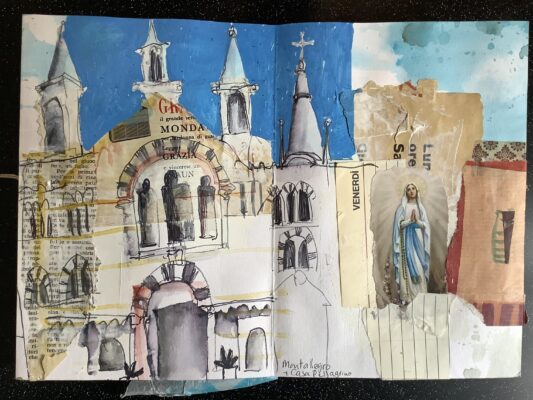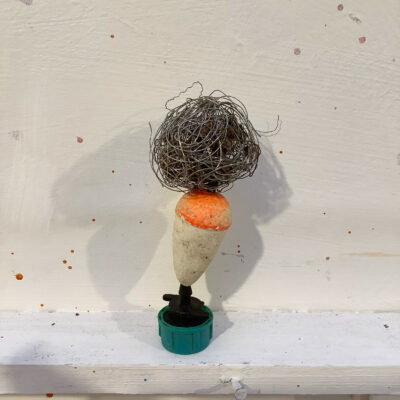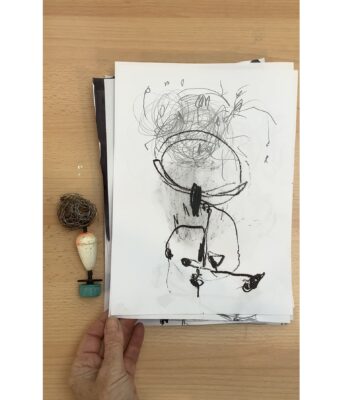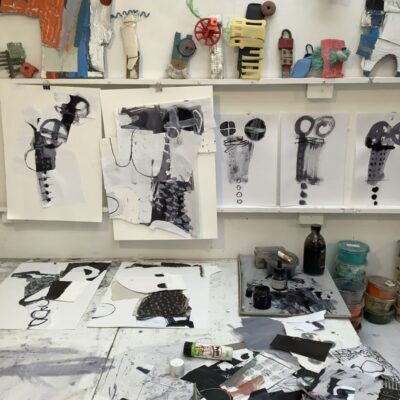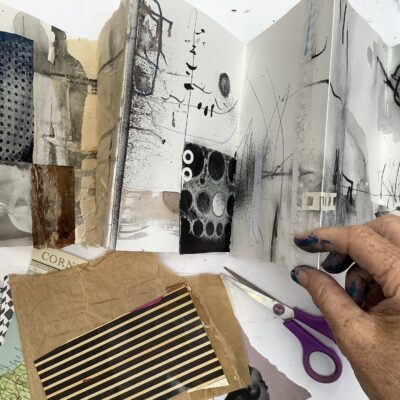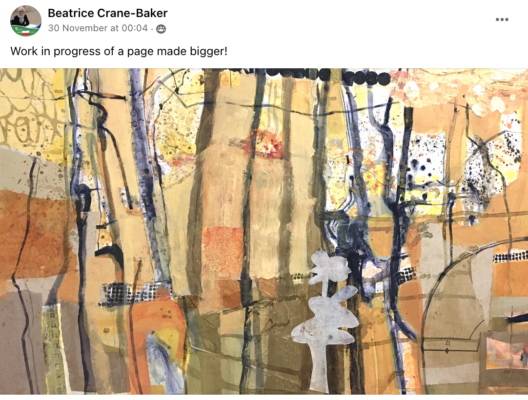Karen Stamper Interview – Art2Life 2025
“Such an inspiring discussion about Karen’s work and how it has evolved into new ways of “thinking outside the box”. I was awed by her different ways of collaging and cutting wood into different shapes that become elegant and sublime jigsaw puzzles. Thank you both for a lively and intriguing discussion.”
“Wow!! When she began to show her work everything in my body just resinated, sparkled and came alive!! And I especially love seeing working studios. It always validates my own space-giving me permission to just BE. The conversation was fantastic. I just live for these inspiration conversations. Thank you so very much.”
Last year my dear friend Kate Rhodes, who is an artist and coach for Nicholas Wilton’s Art2Life programme, interviewed me in my studio. CVP is a arts programme that has inspired and created many artists worldwide with the Creative Visionary programme (CVP) and the Art2Life Academy I joined Art2Life in its second year in 2017 and I couldn’t believe how much we covered, it was the art college tuition that we never had! Nicholas Wilton has since become a global art mentor and coach.
In this interview Kate and I chat about how we met and how she has watched exciting new developments in my work. We talk through my process, inspiration, tools and techniques, new work, ambitions and when to stop!
I hope that you enjoy it.
“So real, fresh, deep, and inspiring! Thanks to you both!!” Lorinda Bourn
“Brilliant! That was such a wonderful interview. So inspiring. Thank you.” Tracy Tymensen
“Karen and Kate, thank you!! This is a beautiful, calm, joyful and inspiring interview. So many wonderful nuggets of wisdom ❤️❤️ “Jen Richardson
“Living on the coast of Maine with many fishermen, going in and out mostly for lobsters, I loved this master class and gave me Plein Air ideas. Thank you.” Marla Joy Sax
 5 – 20th July 2025
5 – 20th July 2025
 Read Fibre Arts Takes Two blog post
Read Fibre Arts Takes Two blog post